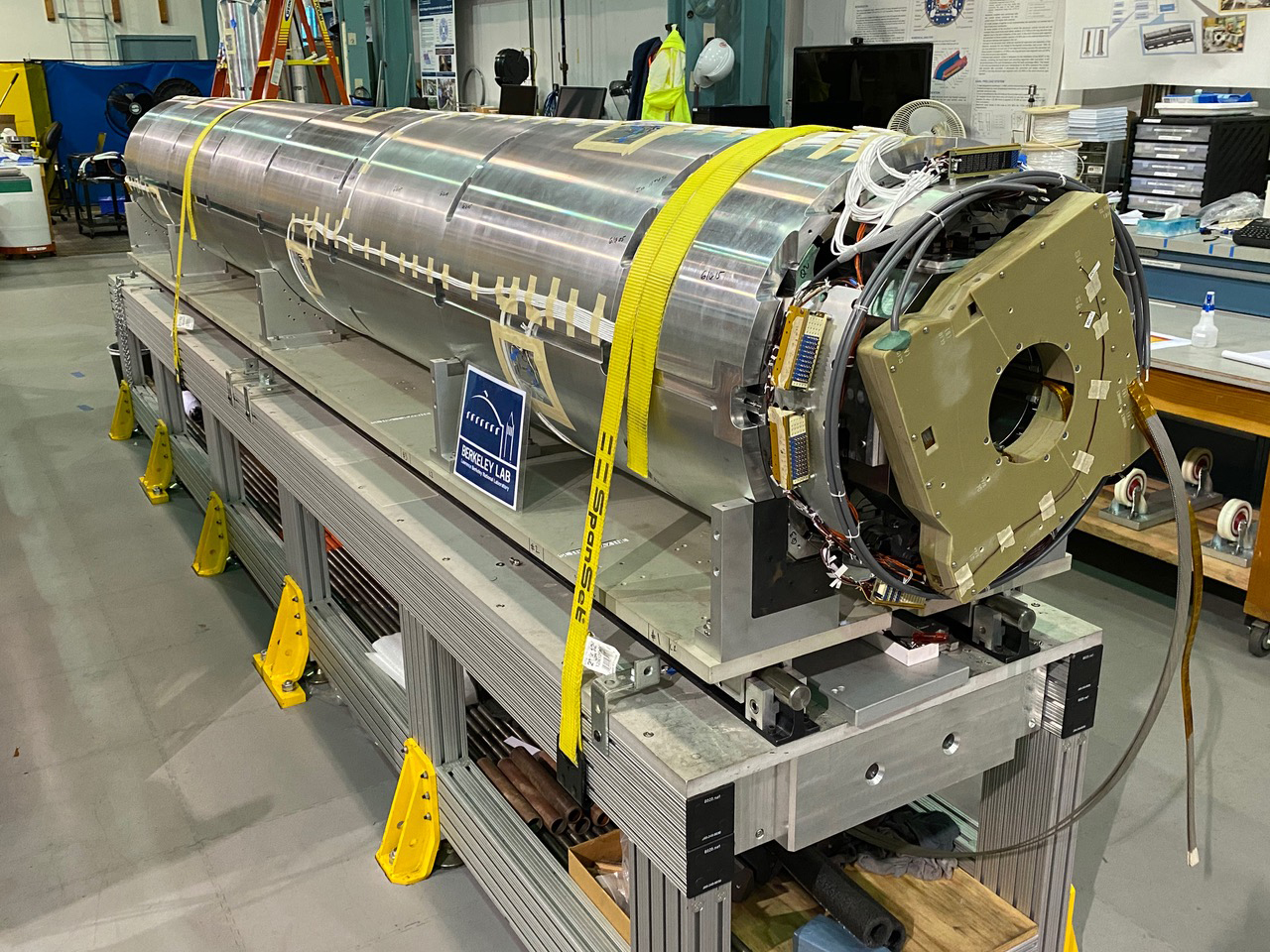The Large Hadron Collider (LHC) has been at the forefront of particle physics research, a monumental project designed to unlock the mysteries of the universe. Recently, speculation concerning delays in the LHC’s ambitious timelines has stirred the scientific community. However, CERN’s leadership has categorically dismissed these rumors, asserting that the LHC is moving forward full steam ahead. This proclamation invites us to ponder: are such delays merely a product of public apprehension, or do they represent deeper complexities inherent in advanced scientific endeavors?
As the world’s most powerful particle collider, the LHC was engineered to probe the fundamental constituents of matter. Since its inauguration in 2008, it has unveiled groundbreaking discoveries, including the elusive Higgs boson. Yet, within the intricate lattice of high-energy physics, challenges are perennial. Technical upgrades, safety protocols, and the continuous quest for improved collision energy present a dynamic landscape that impacts timelines. Does this signal the potential for unforeseen challenges that lie ahead, or can the scientific community confidently anticipate a seamless progression?
The recent announcement about the HL-LHC (High Luminosity-LHC) project receiving approval underscores CERN’s commitment to pushing forward. Slated for completion by 2026, this upgrade aims to increase the luminosity of the LHC significantly, allowing for a tenfold increase in collision events. Such an enhancement would augur a myriad of opportunities for researchers, improving the precision of measurements and increasing the chances of discovering new particles. Yet, one may question whether this ambitious goal is genuinely achievable within the prescribed timeframe.
One of the intricate challenges associated with upgrading such a colossal machine is the synchronization of a multitude of systems. The LHC is a symphony of superconducting magnets, detectors, and data-processing units. Each of these components must function in harmony to maintain peak performance. Any discord can lead to delays, raising the question: How does CERN plan to navigate the labyrinthine complexities that come with upgrading such an intricate apparatus?
Moreover, the maintenance of high safety standards during operational upgrades cannot be overstated. The infrastructure hosting the LHC operates in a high-radiation environment, where particles are colliding at near-light speeds. Therefore, not only must the scientific community contend with technological advances, but they must also ensure the health and safety of both personnel and equipment. In this context, one might ask: Can CERN truly balance the speed of advancement with the meticulous patience required by safety protocols?
The operational strategy adopted by CERN entails a meticulous assessment of progress at every phase of the LHC’s lifecycle. On a broader scale, this highlights a fundamental philosophy in science: the interplay between ambition and realism. The desire for discovery must be serum with a rigorous framework of evaluations and contingency planning. In other words, while the prospects of full-speed advancement are enticing, the prudent scientist must prepare for potential setbacks. Herein lies a critical question: How does one maintain the momentum of enthusiasm while ardently preparing for adversities that may arise?
The responses to these inquiries reflect the multifaceted nature of contemporary scientific projects. The collaborative spirit fostered among international researchers at CERN serves as a robust mechanism for navigating challenges. This network not only synergizes problem-solving efforts but also fosters an environment where innovative ideas can flourish. The dialogue between physicists, engineers, and safety officers cultivates resilience, an imperative trait in the face of potential setbacks.
Public perception and engagement play a pivotal role in shaping the narrative surrounding the LHC. The broader community often grapples with the complexities of physics, leading to misunderstandings and sensationalized reports of delays. In light of this, how can CERN effectively communicate the intricacies of their work without alienating the general populace? Engaging educational outreach initiatives and leveraging modern technology for transparency could bridge this gap, fostering a more informed public.
As the timeline for the HL-LHC progresses, researchers remain buoyed by the advancements in technology that may augment seismic shifts in our understanding of the universe. Upon completion, the upgraded LHC is poised to seek answers to fundamental questions: What is dark matter? Why is the universe expanding at an accelerating rate? Such profound inquiries could revolutionize our conceptual framework. Nevertheless, they also beckon the pursuit of meticulousness, planning, and an unwavering commitment to scientific rigor.
In conclusion, CERN’s assertions regarding the LHC’s timeline instill confidence in the scientific community while also prompting inquisitive minds to consider the possible hurdles ahead. Are the challenges of technological upgrades, safety protocols, and public engagement simply steps on a road paved with extraordinary discoveries? Perhaps they are also reflections of the arduous path that leads to groundbreaking revelations. As humanity strives to decipher the enigmas of the cosmos, it is the resilience and adaptability of the scientific community that will ultimately dictate the speed and direction of progress. The quest for knowledge is not linear; it is marked by winding roads, unforeseen detours, and, potentially, exhilarating revelations.










